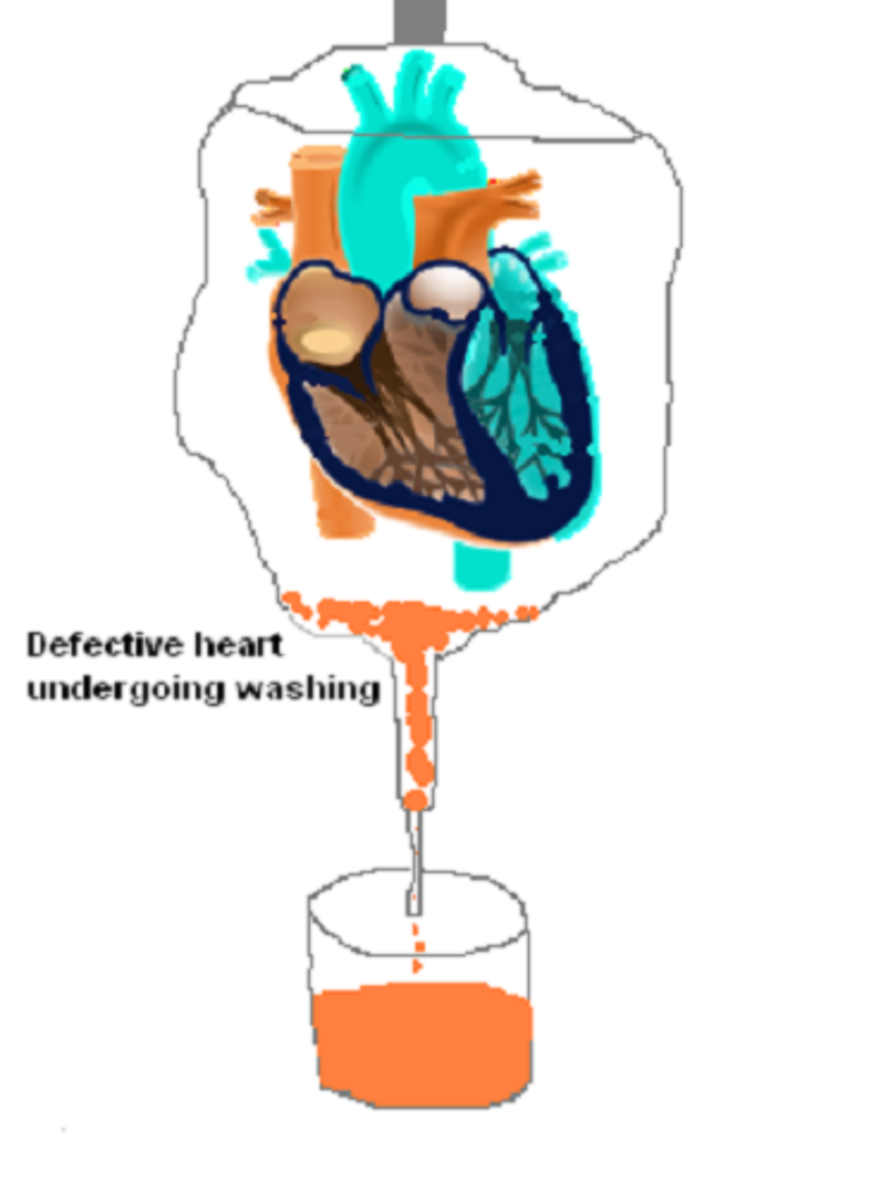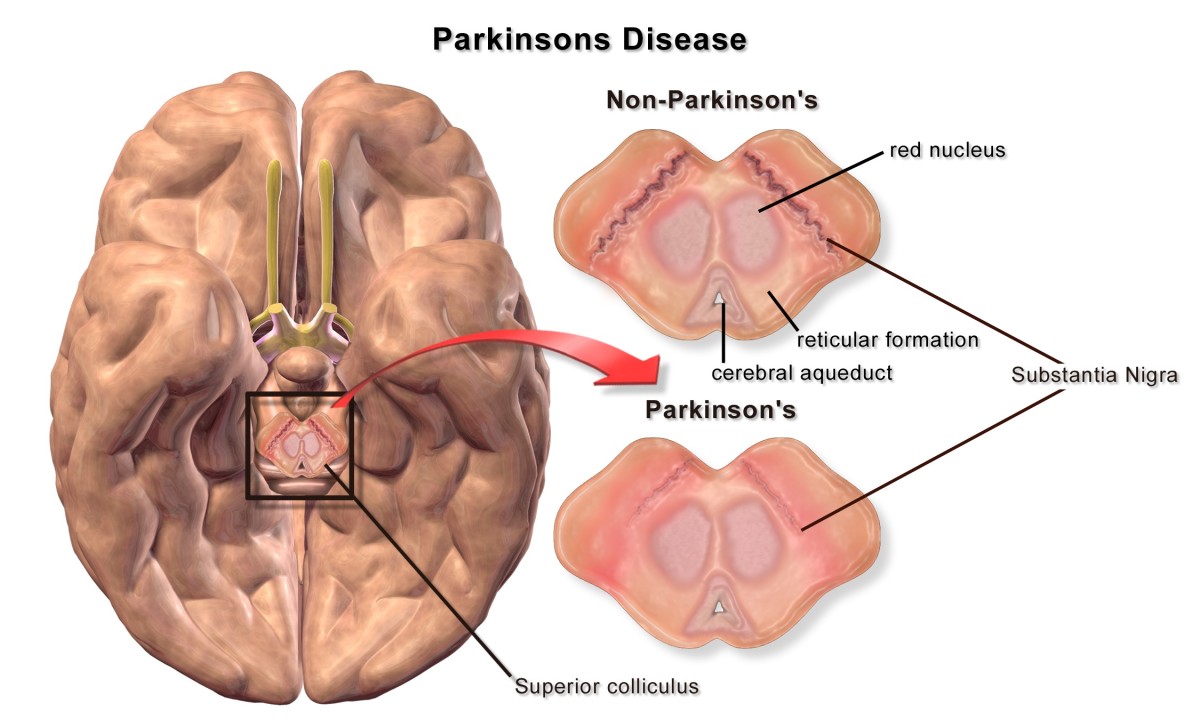Is Storing Your Baby's Blood Stem Cells a Wise Investment? (Updated)
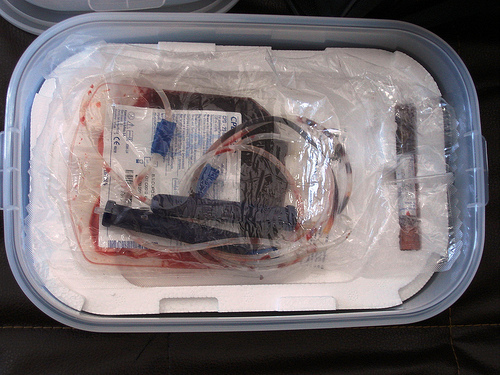
Beginning in the early ‘90s, biopharmaceutical companies began offering collection and storage services for umbilical cord blood stem cells (UCBSCs). The principle behind this service allows an insurance policy to new parents in case of certain diseases in their child. For example, In the case of a blood-related disease, one type of disease UCBSCs can be used to treat, the cryopreserved stem cells could be taken out of storage and administered to the child. These stem cells give a fresh start for the patient’s body after the disease-causing components are wiped out with chemotherapy and/or radiation.
Diseases that can be treated with HSC transplants
Blood Disorders example-Fanconi Anemia
Blood Cancers example-Hodgkin's Lymphoma
Immune Deficiencies example-Chronic Granulomatous Disease
Metabolic Disorders example-Hurler Syndrome
Twenty years later, how successful has this practice or privately banking UCBSCs been? There have been cases of Umbilical Stem Cell (USC) transplants utilizing the child’s stored UCBSCs. But these examples are few and far between when compared against the price parents pay in storage fees over the years. However, these stem cells are clearly linked to disease treatment and there is new research being done on them aimed at optimizing their usage in various treatments. Discarding the umbilical cord as medical waste doesn’t make much sense either. The third alternative to discarding or banking is to donate the cord and its cells. What is the best option?
Hematopoetic stem cells are the precursor cells necessary to make each and every blood cell in the body. They are located primarily within the bone marrow and are represented in small amounts in traveling blood. This includes being represented in the blood of a fetus and thus at deliver a small amount can be collected from the umbilical cord.
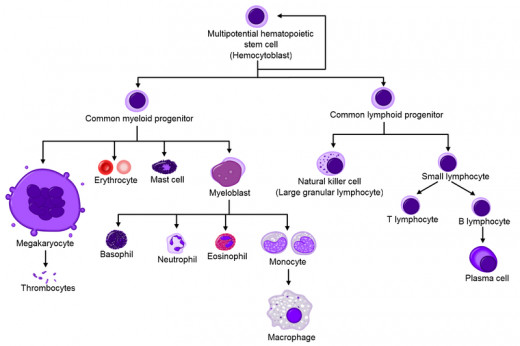
Hematopoetic stem cell transplantation (HSCT) has been cited as treatment for over 70 diseases and are transplanted to the patient after chemotherapy or radation has rid the person's body of the diseased cells. These new HSCs will populate the bone marrow giving rise to not only new blood cells of each of the varieties but also will self renew and give rise to new copies of the stem cells for expontential blood cell growth. HSC transplant can be used as an alternative to the more traditional bone marrow transplant and peripheral blood transplants. In terms of donor to recipient matching, HSC transplants allow for a little more wiggle room than the other two since HSCs from umbilical cords represent less mature cells. These newer cells don't have as many markers on their surface and thus there is a decreased chance of incompatability with the recipient. A downside to HSC transplants is the small size of the sample which means there is not a large population of stem cells to give a recipient. Traditionally bone marrow transplants were required for adult patients (since they need more cells to make more blood to fill their bodies) and HSC transplants were used for younger patients only. However researchers have been working hard on increasing the yield of a HSC sample in the laboratory setting before transplanting it to the patient. This has helped over the recent years to allow for adults to receive HSCs from the umbilical cord.
Historically, the umbilical cord is cut after birth and disposed of as medical waste. However there is now a widely established protocol used by many laboratories that provide a kit for umbilical blood collection at the time of delivery and the subsequent extraction of the stem cells from this blood when the kit is shipped to the laboratory.These biotechnology companies will extract and freeze the stem cells and store them until a decision is made to either use the cells or get rid of them. New parents pay a fee for the kit, the processing of the blood, and the continued storage of the cells. These companies offer private banking of the cells to be used exclusively by the family.The alternative is to donate the cells (using a similar process of collection, extraction, and storage), the cells are maintained in a public bank for the general public's use. In this case the family has no access to the cells in the event that they need them.
Privately Banked Cord Blood used for Cerebral Palsy
There are pros and cons to both private and public banking. In the case of private banking the cells can be used for a family member, including siblings of the baby. Siblings have a 25% chance of matching their new brother or sister's stem cells. It is important to note not every blood disease can be treated with autotransplantation of these cells since the stem cells being stored may also have the disease precursors. In this case transplanting the cells could lead to the disease state again and even if the parents stored the baby's cells treatment would still involve finding an unrelated match for stem cell transplantation. This is often the case with leukemia. Another con of private banking is of course the cost of the overall service and the question of what to do with the cells at a given time (discard or continue to pay the yearly storage fees). There are negatives to public banking as well, it would of course be frustrating to at one time need the cells and know you donated instead of keeping for your own use. Donating the cells is only an option if your hospital has a program in place to utilize them.
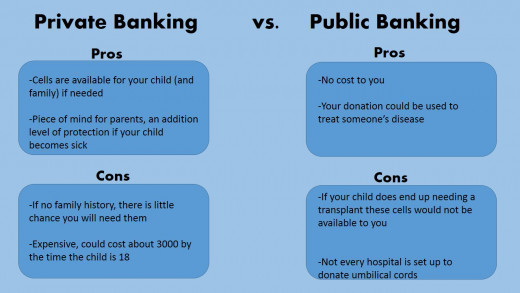
Pros and Cons of Cord Blood Banking
List of hospitals in the US that are enrolled to participation in public banking of cord blood
- Find Hospitals That Collect Cord Blood for Donation – Find Hospitals Near You
Donating umbilical cord blood is a generous gift. Check if your hospital participates or find hospitals near you that work with public cord blood banks.
Several experts in the field have been recommending donation as opposed to private banking for years now. This would build up a hematopoietic stem cell registry that would enable parents to utilize it if they found themselves in the situation of needing these cells. However the idea of donating instead of individual storage would require education on the parent’s behalf. For example, in the case of a family history of a disease proven to be treated with stem cells the best option would be to privately bank the cells for the child or future siblings. A patient's ethnic background should also be taken into account, since public registries are often lacking in racial diveristy. New laws in almost 30 states have been passed that require physicians to inform new parents about the various options regarding their baby’s umbilical cord blood.
An alternative option to private banking or public donation is both. According to the Parent’s Guide to Cord Blood Foundation Website, Hong Kong and Germany have dual public-private programs in place. While parents in these countries privately bank their babies' cord blood, the blood is HLA typed and the information is entered in the public registry. If a match comes up for an unrelated recipient the parents then have the choice of releasing the cells from their private store and donating for an allogeneic transplant. This seems like a happy medium and the private banking companies could include HLA typing as part of their service (and thus their fees). This sounds like the best of both worlds, these biopharmaceutical companies would remain in business and parents would know their child's cells are being put to good use one way or another. Also if the parents decide to release the cells for someone else's use then the storage fees would no longer apply, saving them money in the long run.
For more on HLA typing...
- The Basics of Blood and Blood Typing
An accompanying article to 'Why You Should Donate Platelets', this hub introduces the major components of blood and their functions. As well a look at blood typing, the Rh antigen and HLA typing.
Cord Blood Banking Advertising Myths
As mentioned, there have been successful cases of withdrawing UCBSCs from private banks and treating a disease in the child or sibling. In addition there is research currently being conducted to optimize the amount of cells in a collection from the umbilical cord if the recipient was not a child. This would increase success when using these cells in adult recipients. Storing umbilical cord cells is the clear winner as opposed to trashing the cord but whether families opt to privately or publicly bank is the question. Without the presence of family history, it is recommended by most third parties that private banking is not necessary. But for those looking to be safe, private banking with the option of allowing these cells to be used in the public sector is ideal. Hopefully other nations will catch onto to Hong Kong and Germany and put these programs in place as well.



